iPhone 4S vs Droid Bionic vs Galaxy S II vs Amaze 4G: camera comparison

UPDATE: You can now read our One X vs Galaxy S II vs Nexus vs N8 vs iPhone 4S Camera Comparison!
Increasingly, we're becoming less reliant on using our point and shoot cameras, for the simple reason that our smartphones have become our best companion. In the last few months alone, we've been seeing quite a few smartphones packing even better sensors and lens to capture the moment perfectly.
Details:
After meticulously combing over several different shots, we have to say that thecameras of the iPhone 4S and the Amaze 4G are able to capture the sharpest looking details. For things further away in the background in some of our landscape shots, such as the chimney in the photos below, we can see that the individual bricks that make up the chimney are defined more clearly with them. Moreover, they have the best details in lower lightning conditions. The Amaze 4G's images are rather over sharpen, which we don't really like though. The Galaxy SII is on the softer side and is a step behind the best two. It has great detail, but once the light is not perfect, it has its weak moments. DROID BIONIC has decent detail as well, but it often has too much digital noise in its images, making it the worse in this aspect.
Color reproduction:
Naturally, when it comes to color reproduction, the eye dictates what is perceived to be the most preferable tones. However, when our eyes are attracted to such vibrant colors produced by saturated displays, such as Super AMOLED plus, we sometimes forget about how realistic colors should be paramount.
Let's take a look at the image of the flowers, which has some great natural tones. The Amaze 4G immediately captures the attention, as the flowers look too good to be true – and indeed - that is the case. The Amaze's colors are consistently oversaturated, which is wrong although eye-catchy. Still, we like it because it has correct color reproduction in most of the images – blue is blue, not purple, green is green and so on. The iPhone 4S is more on the neutral side: still its colors are slightly oversaturated and on the warmer side. The Galaxy SII photos on the other hand look as if they have a yellowish filter cast on them. While the image with the flowers from the Galaxy S II looks good, this yellowish tone can be seen in most other samples made with the phone. The DROID BIONIC's color reproduction is balanced most of the time, but it is on the darker side.
Indoor shots:
Generally, handsets typically fare better with outdoor shots, but when it comes to showing their true potential, it's undoubtedly found with photos taken indoors – especially in low lighting situations. In such situations, it is harder to keep the details high, while maintaining a well exposed and color-accurate photo.
As we know, the iPhone 4S and HTC Amaze 4G feature backside illumination, which should enable them to take in more light than others. Not only do they retain some distinguished details, but they also offer enhanced overall clarity with the shots.
Looking at the shots of the tiles on the wall, which are somewhat lit up by a faint incandescent ball, we find that color production remains deep in tone – whereas the Samsung Galaxy S II and Motorola DROID BIONIC tend to have a slightly washed out appearance. With the latter, there's a bluish tint that casts the overall shot, which in turn produces the most unrealistic colors.
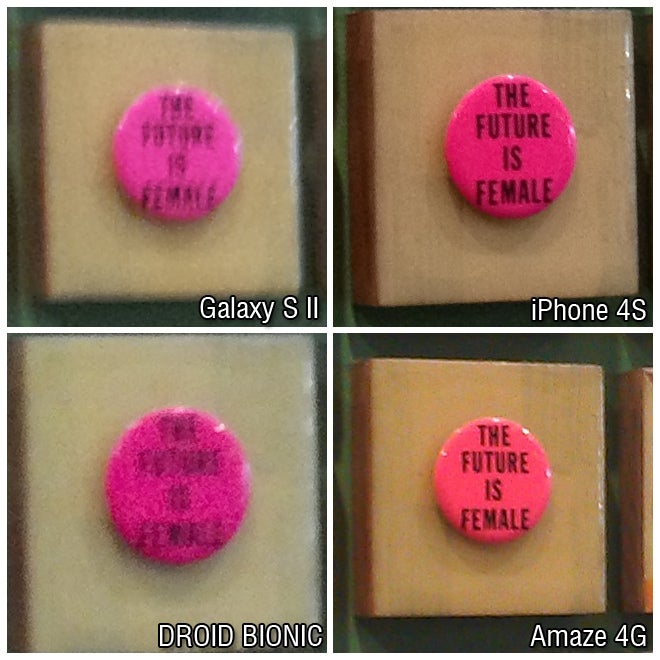
100% crop
Night shots:
In another test to expand their prowess, we took shots of a neon clad Applebee's restaurant and the subtly more neutral tones of a Chase bank – all at night. Such images are rarely taken, but we gave them a try.
Macro shots:
Paying attention to the macro shots of the seashell on the ground, we're astounded to find all handsets capturing plenty of luscious fine details. Luckily, we can definitively say that the HTC Amaze 4G is blessed with the best shot – thanks to its perfect balance of sharpness and exposure to profoundly showcase details. On top of that, colors appear to be the most saturated out of the bunch, which again manages to catch the attention of our eyes. Shining next to it, is the image captured by the Apple iPhone 4S, which easily pleases our eyes, but lacks the sharpness of the HTC Amaze 4G. Take a look at its colors though – an example of a color inaccuracy problem. The macro shots from the Motorola DROID BIONIC and Samsung Galaxy S II have softer details. Yet, they're arguably passable enough to still be considered better than average – especially when they're compared to some other high-caliber smart phones.
Ease of use and speed:
Without question, when it comes to the camera layout and functionality, the iPhone 4S is the epitome of simplicity at its finest. Sure, This comes at the price of having almost zero options with its camera application. Meanwhile, if it's manual controls and settings you're after, the HTC Amaze 4G is adorned with plenty of them – thanks to its deep controls, abundance of shooting modes, and fun options. In fact, for things like panoramic shots, it's such an easy feat to accomplish because of its intuitive and straightforward instructions. Then there are the Motorola DROID BIONIC and Samsung Galaxy S II, whch are far superior in terms of deeper options and settings then the iPhone 4S, but they still lack the refinements and intricacies found with the HTC Amaze 4G.
Of all the devices, it's painfully obvious that we truly despise the lengthy snapshot speed of the Motorola DROID BIONIC. Naturally, if you happen to have a lot of patience, it isn't much of a problem, but when you're trying to capture the moment, it's rather unnerving to find the handset taking the longest to snap a photo. Even after focusing in on the object for couple of seconds, it takes another 5 seconds to actually snap the photo and get us back to taking another one. By then, we can miss out on those opportunities to snatch some candid shots. Fortunately, it isn't as bad on the Samsung Galaxy S II, since it's fairly swift in shooting a photo and getting us right into another one. To show off their capacity to continuously shoot photos, both the iPhone 4S and HTC Amaze 4G are almost instantaneous with their shutter speeds – so yeah, there is a minimal amount of delay between each shot. Therefore, when it comes to capturing the moment, these two won't miss a beat – honestly!
Video:
Last year, it was 720p video recording that was the talk of the town, but after seeing the emergence of dual-core processors, 1080p recording has become the standard amongst the juggernauts. Factoring details, exposure, audio recording, frame rate, and colors into the equation, we have to admit that the iPhone 4S and Samsung Galaxy S II are the top contenders in this category – thanks partly to their balance production. Details are evidently sharp looking, as is their natural color reproduction and clear audio recording. As for the HTC Amaze 4G, it delivers some exciting visuals with its deep color tones and smooth frame rate, but it suffers from some serious over sharpness, muffled audio recording, and subtle artifacting when panning very quickly. Out of the four, there's no arguing that the Motorola DROID BIONIC is our least favorable device for shooting 1080p videos. Well, that's partly because of its ghastly faint details and constant focusing.
Panasonic Lumix DMC-FZ40 Sample Video:
Samsung Galaxy S II T-Mobile Sample Video:
Apple iPhone 4S Sample Video:
Motorola DROID BIONIC Sample Video:
HTC Amaze 4G Sample Video:
Conclusion:
One year later, one year better. That's exactly what we find with this new class of smartphones, as they seemingly close the gap between them and dedicated point and shoots. Seriously, they can replace those once perceived mandatory gadgets – especially when they continue to excel. After meticulously looking over all the shots, we believe it is a tie between the iPhone 4S and the HTC Amaze 4G. They both have the best details, color accuracy and low light performance. They are also the snappiest.
The Galaxy SII is also a great camera phone, with the best flash of the four and great video capture. Its images have good details and our biggest complaints are for the yellowish appearance and not as good low light quality.
Although it's not terrible by any means, the Motorola DROID BIONIC simply lacks the polished quality of its rivals. It's painfully slow to capture images as well.
One shouldn't choose a phone only because of its camera. That said, whichever you decide to go with, we can assure you that you can kick that traditional point and shoot to the curb, if you are not too picky about photo quality. However, we are looking forward to the moment when the high-end smartphones will really mimic the images of a stand-alone camera.
UPDATE: You can now read our One X vs Galaxy S II vs Nexus vs N8 vs iPhone 4S Camera Comparison!
In another test to expand their prowess, we took shots of a neon clad Applebee's restaurant and the subtly more neutral tones of a Chase bank – all at night. Such images are rarely taken, but we gave them a try.
Macro shots:
Paying attention to the macro shots of the seashell on the ground, we're astounded to find all handsets capturing plenty of luscious fine details. Luckily, we can definitively say that the HTC Amaze 4G is blessed with the best shot – thanks to its perfect balance of sharpness and exposure to profoundly showcase details. On top of that, colors appear to be the most saturated out of the bunch, which again manages to catch the attention of our eyes. Shining next to it, is the image captured by the Apple iPhone 4S, which easily pleases our eyes, but lacks the sharpness of the HTC Amaze 4G. Take a look at its colors though – an example of a color inaccuracy problem. The macro shots from the Motorola DROID BIONIC and Samsung Galaxy S II have softer details. Yet, they're arguably passable enough to still be considered better than average – especially when they're compared to some other high-caliber smart phones.
Ease of use and speed:
Without question, when it comes to the camera layout and functionality, the iPhone 4S is the epitome of simplicity at its finest. Sure, This comes at the price of having almost zero options with its camera application. Meanwhile, if it's manual controls and settings you're after, the HTC Amaze 4G is adorned with plenty of them – thanks to its deep controls, abundance of shooting modes, and fun options. In fact, for things like panoramic shots, it's such an easy feat to accomplish because of its intuitive and straightforward instructions. Then there are the Motorola DROID BIONIC and Samsung Galaxy S II, whch are far superior in terms of deeper options and settings then the iPhone 4S, but they still lack the refinements and intricacies found with the HTC Amaze 4G.
Last year, it was 720p video recording that was the talk of the town, but after seeing the emergence of dual-core processors, 1080p recording has become the standard amongst the juggernauts. Factoring details, exposure, audio recording, frame rate, and colors into the equation, we have to admit that the iPhone 4S and Samsung Galaxy S II are the top contenders in this category – thanks partly to their balance production. Details are evidently sharp looking, as is their natural color reproduction and clear audio recording. As for the HTC Amaze 4G, it delivers some exciting visuals with its deep color tones and smooth frame rate, but it suffers from some serious over sharpness, muffled audio recording, and subtle artifacting when panning very quickly. Out of the four, there's no arguing that the Motorola DROID BIONIC is our least favorable device for shooting 1080p videos. Well, that's partly because of its ghastly faint details and constant focusing.
Samsung Galaxy S II T-Mobile Sample Video:
Apple iPhone 4S Sample Video:
Motorola DROID BIONIC Sample Video:
HTC Amaze 4G Sample Video:
Conclusion:
One year later, one year better. That's exactly what we find with this new class of smartphones, as they seemingly close the gap between them and dedicated point and shoots. Seriously, they can replace those once perceived mandatory gadgets – especially when they continue to excel. After meticulously looking over all the shots, we believe it is a tie between the iPhone 4S and the HTC Amaze 4G. They both have the best details, color accuracy and low light performance. They are also the snappiest.
The Galaxy SII is also a great camera phone, with the best flash of the four and great video capture. Its images have good details and our biggest complaints are for the yellowish appearance and not as good low light quality.
One shouldn't choose a phone only because of its camera. That said, whichever you decide to go with, we can assure you that you can kick that traditional point and shoot to the curb, if you are not too picky about photo quality. However, we are looking forward to the moment when the high-end smartphones will really mimic the images of a stand-alone camera.
UPDATE: You can now read our One X vs Galaxy S II vs Nexus vs N8 vs iPhone 4S Camera Comparison!
Follow us on Google News
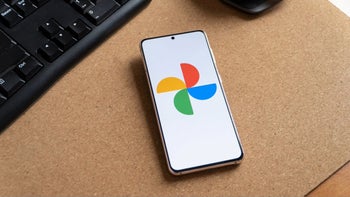


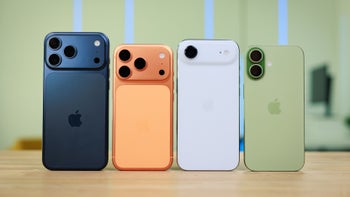
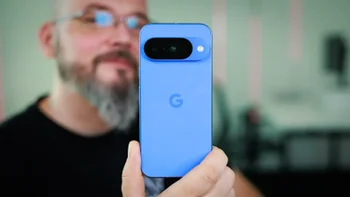
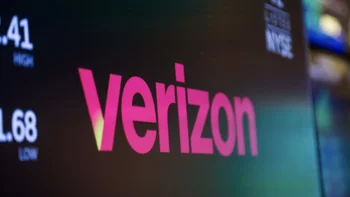
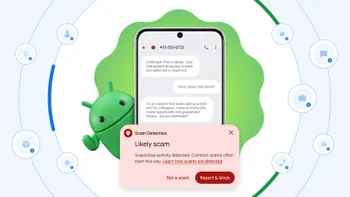
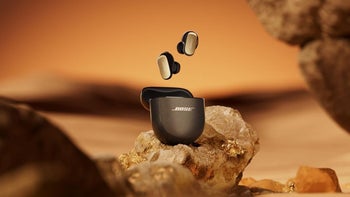
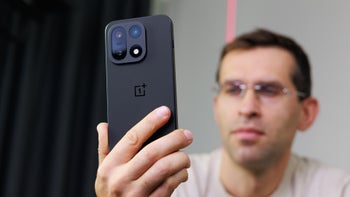
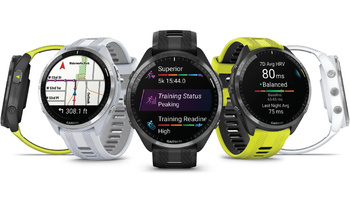
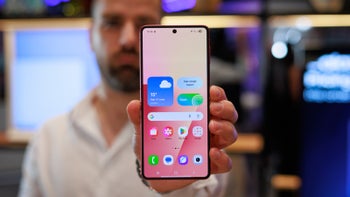
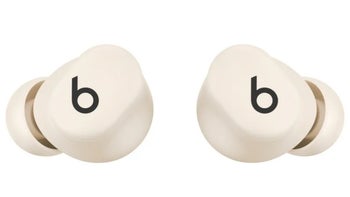
Things that are NOT allowed:
To help keep our community safe and free from spam, we apply temporary limits to newly created accounts: